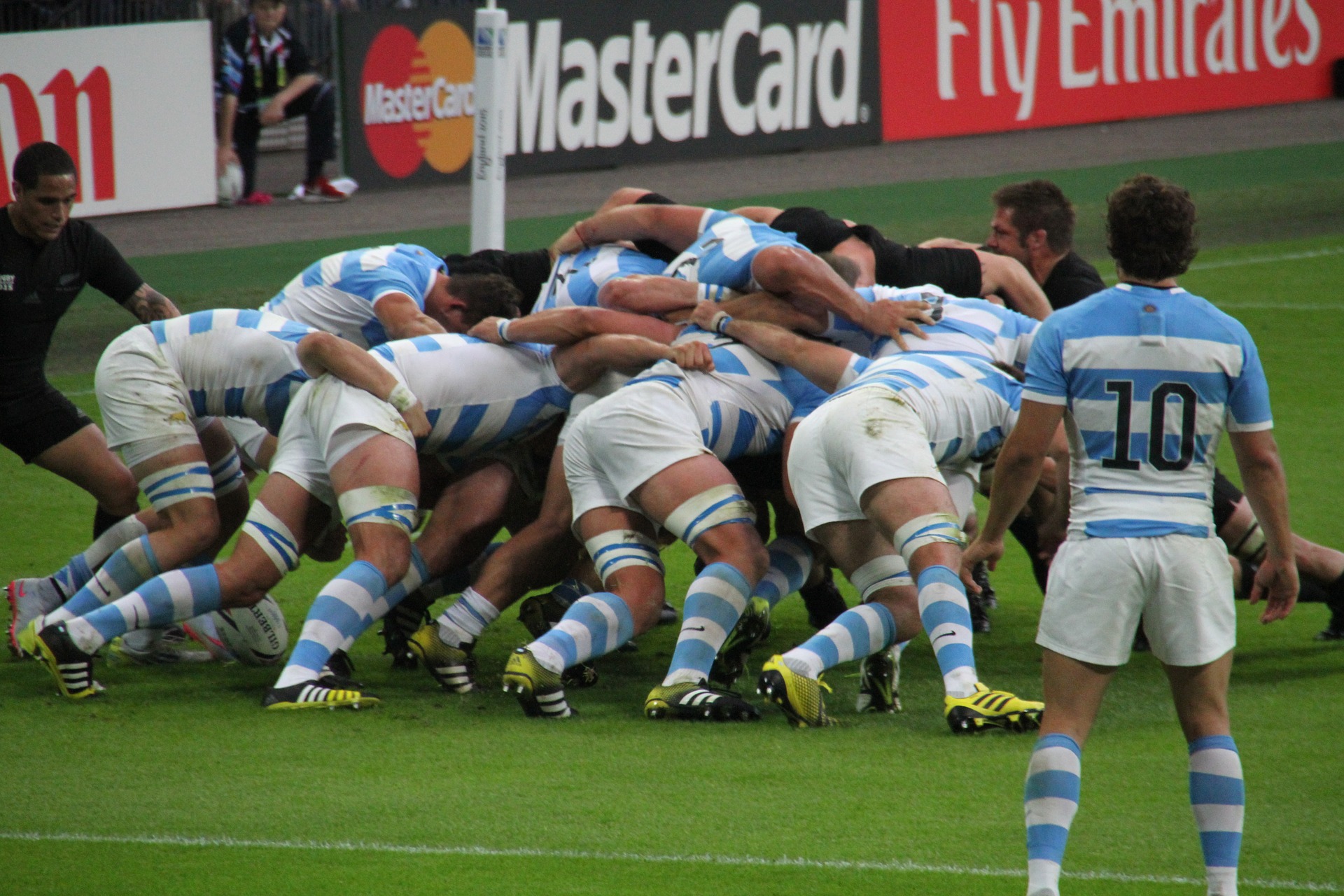VIDI prepares for the Rugby World Cup in Japan
Wonderful live pictures from the Rugby World Cup will be shown in almost all countries of the world. The live video networks designed and operated by the VIDI engineers within Japan guarantee error-free and high-quality signal transmissions. The VIDI team is currently installing the necessary adaptation technology in advance at all 11 venues as well as at the International Broadcast Centre (IBC) in Tokyo and putting everything through its paces.
Read all about the live video and data network that connects all 11 World Cup stadiums within Japan to the IBC at Chōfu (Tokyo suburb) at Tokyo Stadium. For example, Kumamoto in the south, Yokohama in the east, Sapporo in the north or Fukuoka in the southwest.
The carrier connections will be realized via the network of the Japanese telecommunications company NTT. The International Games Broadcaster Service (IGBS) is the cooperation partner and contractual partner for handling the entire project.
Setting up and setting up the network is another mammoth task.
An elaborate network topology with the provision of double signal paths was set up for failure protection. In the event of a failure, Hitless switching technology can be used to switch to alternative paths without the TV viewers noticing.
In the IBC, which is located in Tokyo Stadium at Chōfu, the audio and video data of the cameras from the stadiums are received, processed and forwarded. In other words, every goal, every pass and every parade must pass through the IBC. In addition, extensive data services are realized via these connections. A very demanding task for the VIDI engineers, who are responsible for the signal transmissions from the individual stadiums to the IBC and for the further worldwide distribution to many rights holders.
VIDI manpower and technology in the IBC.
The video and data adaptation technology built up in the IBC consists of 2x MD8000 devices from Media Links with a total of 40 possible video ports and 40x 1G data ports. The video signals are transmitted in the formats 1080i, 1080p (3G) and UHD (4K). The stadiums are connected to the network via a redundant 10G connection. All video signals are Hitless Protected and JPEG2000 compressed.
The 11 venues:
The stadiums connected to the IBC via VIDI network:
International Stadium Yokohama – Yokohama
Kumamoto Stadium - Kumamoto
Shizuoka Stadium Ecopa – Fukuroi
Kobe Misaki Stadium - Kobe
Tokoyo Stadium – Chōfu
Kumagaya Rugby Stadium - Kumagaya
City of Toyota Stadium- Toyota
Hanazono Rugby Stadium – Higashiōsaka
Sapporo Dome – Sapporo
Fukuoka Hakatanomori Stadium – Fukuoka
Ōita Stadium – Ōita
Kamaishi Recovery Memorial Stadium - Kamaishi
Safe is safe: Monitoring via VIDI NMS.
As always, the quality and security of the solution are of paramount importance in this network design. This is why VIDI's Network Management System (NMS) is also the central tool in Japan for setting up all signal connections and monitoring and ensuring transmission quality. The VIDI NMS makes it possible to select all conceivable combinations of connection paths (any to any) at any time via a simple graphically designed switching matrix.
This ensures the greatest possible flexibility for connection requirements. The detailed evaluations and network analyses of the system were already an effective aid during the planning of the network and are of course all the more so in the "hot" phases of live operation. In the IBC in Chōfu as well as in the network monitoring rooms of the venues, corresponding accesses to the NMS monitoring were set up.
VIDI manpower and technology also in all World Cup stadiums.
The teams at the 11 venues each consist of a technician from the local network operator and an engineer from VIDI. At each venue, 13 ports for video in all formats as well as 4x 1G data services are available for the broadcasters. The connection to the IBC in Chōfu is made via a redundant 10G network cable. All services are thoroughly tested in advance. For example, demanding power-down scenarios will have to be passed during which the power for the adaptation technology must be provided for at least 20 minutes from the user's own UPS.
Picture rights by VIDI except cover picture by Pixabay
